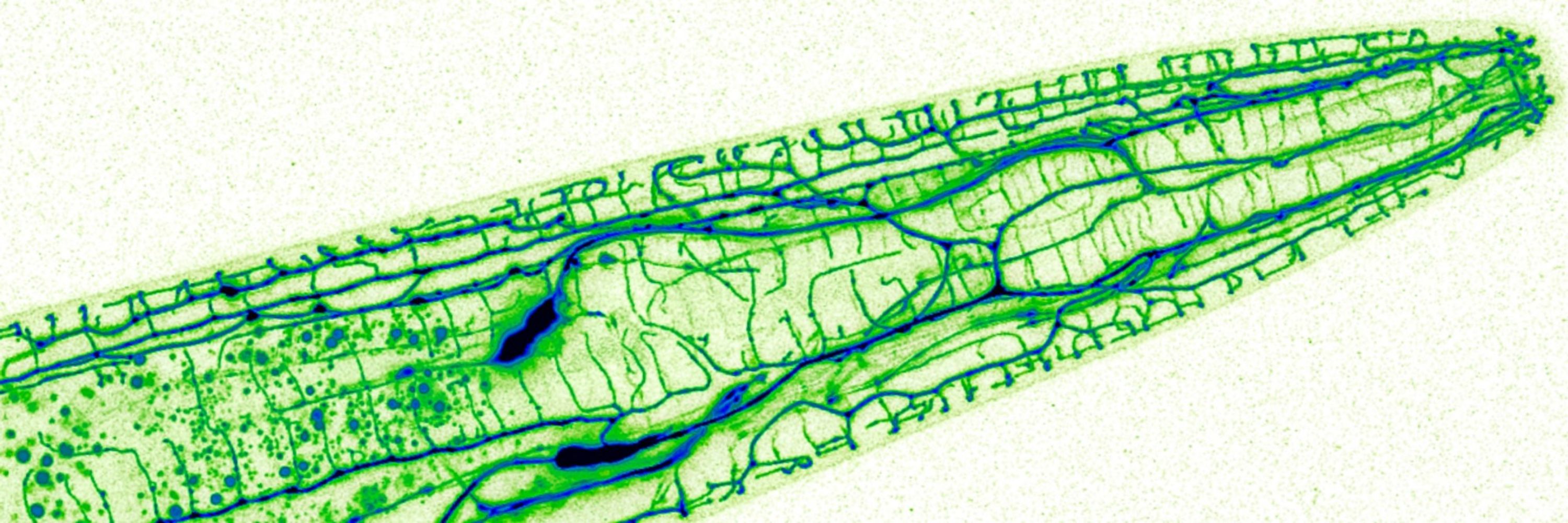
@dev-journal.bsky.social @biologists.bsky.social


@dev-journal.bsky.social @biologists.bsky.social

#standwithscience 🧪 🤝




#standwithscience 🧪 🤝

mdibl.org/careers/assi...


